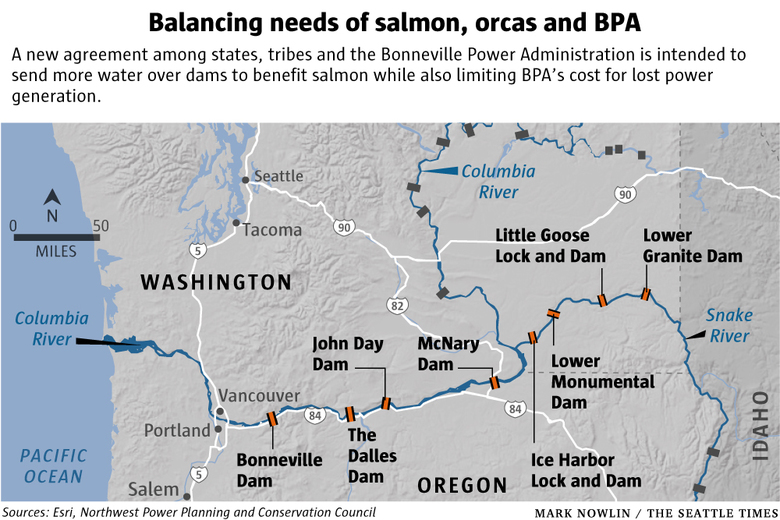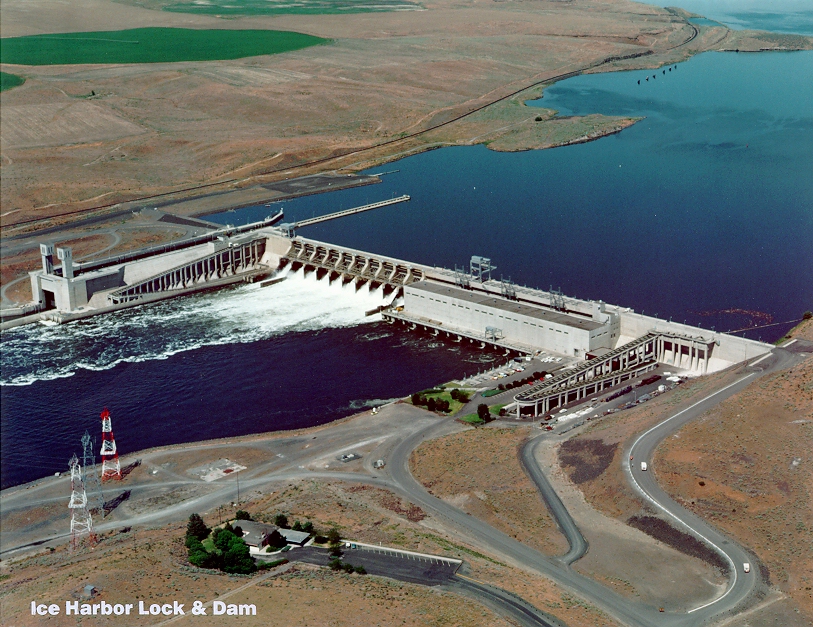
With the start of the annual Washington State Legislature session comes the annual parade of stunt legislation. Like the return of swallows to Capistrano or the hope that the Mariners will make a deep run into the playoffs, springtime brings a handful of bills that are introduced just to make some sort of rhetorical point. Stunt legislation gets noticed.
The lead off stunt legislation for 2020 comes from Sen. Doug Ericksen (R-Ferndale) of the 42nd district in Whatcom County. Sen. Ericksen has introduced SB 6380 which calls upon the Department of Commerce to examine the economic and environmental costs and benefits of dismantling the Ballard Locks, breaching the dams on the Skagit River, and restoring Ravenna Creek to above ground flow.
Of course, the visibility of the stunt part of this is plain when one considers the hundreds of jobs and homes that would be lost in Sen. Ericksen’s own district by breaching the Skagit River dams. Communities down river would be wiped away while recreation and engineering jobs at the plants would disappear.
But the rhetorical effort to ‘Teach Seattle a Lesson’ is not just about Sen. Ericksen’s district. He is counting on the legislation to illustrate how “economic development in Eastern Washington looks different than economic development in downtown Seattle.” The point of the legislation is to take something from Seattle (the Locks, Ravenna, and electricity?) to punish Seattle for supporting the removal of dams on the Lower Snake River.
But as clumsy as Sen. Ericksen’s point appears, it is based on two pieces of truth. First, we’re not treating Eastern Washington like it’s important. Second, we’re not treating Ballard Locks like they’re important. Those are the kind of underlying facts that make people pay attention to stunt legislation.
Starting with the Ballard Locks, our infrastructure funding is so terrible that the Ballard Locks fail and we’re going to have to learn to live without them. The Locks are not ready for earthquakes, climate change, or increasing breakdowns in aging mechanics, as we saw this summer.
This deferred maintenance that led to this situation is not an oversight. The Army Corps of Engineers has been running the Locks for 100 years and know the costs of keeping it up. Instead of having an adequate budget, they’ve instead had a list of high priority repairs since 2010.
Besides the Locks themselves, we have wrapped neighborhoods around marinas and stretched bridges across the ship canal the Locks created. The industries in these communities have 3,000 jobs that depend on the Locks, with over a $1.2 billion in economic impact from the facility. All of it is at risk because we are not funding the tens of millions of dollars in repairs that the Locks require.
So Sen. Ericksen’s call for a study to examine breaching the Locks is completely legitimate because a breach is going to happen if we don’t get serious about upkeep and earthquake readiness.
And that takes us to the Lower Snake River, where we want to remove the dams. Or that is the first and last feeling you get reading about the impact of removing the dams. It’s interesting to read the reports about the Ballard Locks and contrast them with the reports about the Lower Snake River Dams. The Locks reports go to extreme detail about their importance to the area and how we need to keep them in good operating order. The Lower Snake Dams reports go into just as much detail about how they can just disappear.

And there are a lot of reports about the benefits of removing the Lower Snake Dams. The power generated by these dams can be replaced with minimal interruption or increase in green house gasses. Economic impacts to transportation and irrigation are expensive, but the benefits to reduced maintenance and recreation are high. The potential of saving the resident orcas is almost immeasurable.

However, each report starts from a position of taking away the dams. Seeing the contrast with the Ballard Locks reports, it’s easy to understand how folks who depend on the Lower Snake River Dams feel. Breaching the dams is something that is happening to Eastern Washington rather than for Eastern Washington. The reports read like ads, hand-waiving concerns and portraying a done deal.
To correct that, we are going to need to bring benefits to the communities of Eastern Washington ahead of taking something away. Start with the two big concerns: navigation and electricity. The Columbia River will not be able to carry barges, which has a real impact on agricultural costs and greenhouse gasses when everything switches over to less efficient trucks and trains. So let’s improve rail connections and capacity throughout the area well in advance of breaching the dams. Same with electricity. Improve the infrastructure to the point of real savings for individual folks, then scale back the generating capacity.
Of course, being in the legislature, Sen. Ericksen has some authority over all these things. In lieu of posturing, it would be very straight forward to create real legislation that can address infrastructure issues. Do you know what gets more noticed than stunt legislation? Competent legitimate solutions.
Ray Dubicki is a stay-at-home dad and parent-on-call for taking care of general school and neighborhood tasks around Ballard. This lets him see how urbanism works (or doesn’t) during the hours most people are locked in their office. He is an attorney and urbanist by training, with soup-to-nuts planning experience from code enforcement to university development to writing zoning ordinances. He enjoys using PowerPoint, but only because it’s no longer a weekly obligation.

